Axel
TPF Noob!
I have been complaining before in another forum about the quality of my pictures and need to know what I'm doing wrong. Here are a few examples of my disasters...
This one I don't even know what I was looking for, it was just an experiment, but I see that something isn't right... I want it to be more artistic!

-------------------------------------------------------------------------------
This one I'm rather happy with. But the problem is that I didn't know what to expect from the picture when I took it. It was taken with an ISO 200 at 3 seconds...

-------------------------------------------------------------------------------
Something's missing here... I like the colors, but would want the dark part to be even darker and the sky to be more blue... It lacks the artistic touch...

-------------------------------------------------------------------------------
Same as above, but the sky seems to get darker at the top left corner for some reason...

-------------------------------------------------------------------------------
This one is horrible and taken right before the next one... I don't recall the difference in the settings though...

-------------------------------------------------------------------------------
As said above...

------------------------------------------------------------------------------
What I'm looking for in most of my pictures is the silhouette (sp?) effects! But I always shoot them at a guess... I would like to know how to be able to do it and knowing what's the outcome!
Thanks for your comments and I know they suck big time so don't be too harsh on me...
This one I don't even know what I was looking for, it was just an experiment, but I see that something isn't right... I want it to be more artistic!

-------------------------------------------------------------------------------
This one I'm rather happy with. But the problem is that I didn't know what to expect from the picture when I took it. It was taken with an ISO 200 at 3 seconds...

-------------------------------------------------------------------------------
Something's missing here... I like the colors, but would want the dark part to be even darker and the sky to be more blue... It lacks the artistic touch...

-------------------------------------------------------------------------------
Same as above, but the sky seems to get darker at the top left corner for some reason...

-------------------------------------------------------------------------------
This one is horrible and taken right before the next one... I don't recall the difference in the settings though...

-------------------------------------------------------------------------------
As said above...

------------------------------------------------------------------------------
What I'm looking for in most of my pictures is the silhouette (sp?) effects! But I always shoot them at a guess... I would like to know how to be able to do it and knowing what's the outcome!
Thanks for your comments and I know they suck big time so don't be too harsh on me...


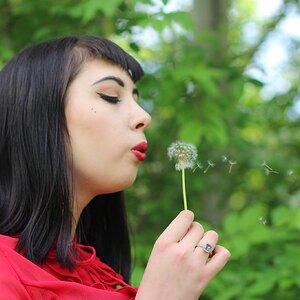
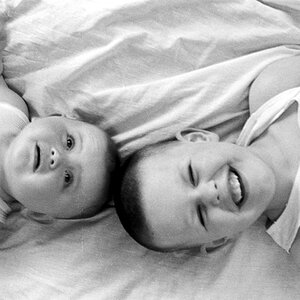
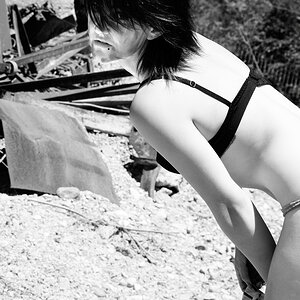
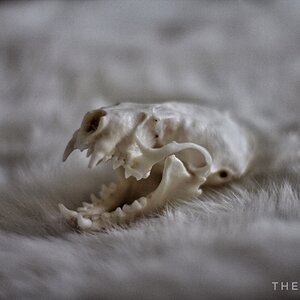
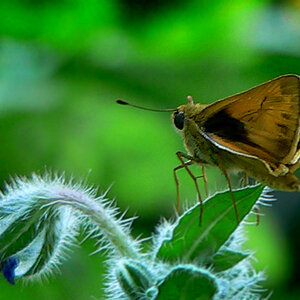
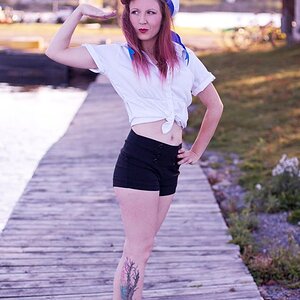


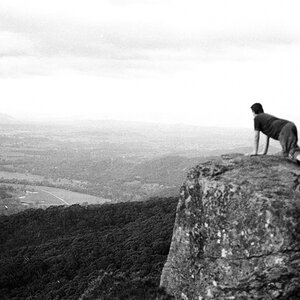
![[No title]](/data/xfmg/thumbnail/37/37625-7e132688457d56e50320a8c99a79fe38.jpg?1619738154)
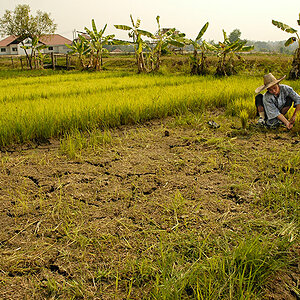
![[No title]](/data/xfmg/thumbnail/37/37606-3c9ffb5906173fa2aa489341967e1468.jpg?1619738148)